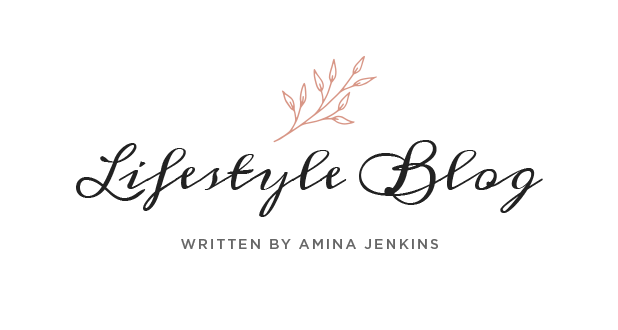
For passionate yoga practitioners, finding the perfect yoga mat is an essential part of their practice. But for those with latex allergies: Are yoga mats made of latex?
In this article, we will explore the pros and cons of latex yoga mats and how to avoid allergic reactions. Additionally, we will delve into the world of eco-friendly and non-slip alternatives, providing valuable insights to help you choose the ideal mat for your yoga journey.
No, not all yoga mats are made of latex. While some yoga mats may contain latex, plenty of latex-free options are available. The materials commonly used for yoga mats include PVC, natural rubber, TPE, and cork.
Whether you’re a devoted yogi or someone new to the practice, this guide will assist you in making an informed decision about the type of yoga mat that suits your needs and aligns with your values. Let’s dive in and discover the world of yoga mats beyond latex.
What is latex, and how to obtain
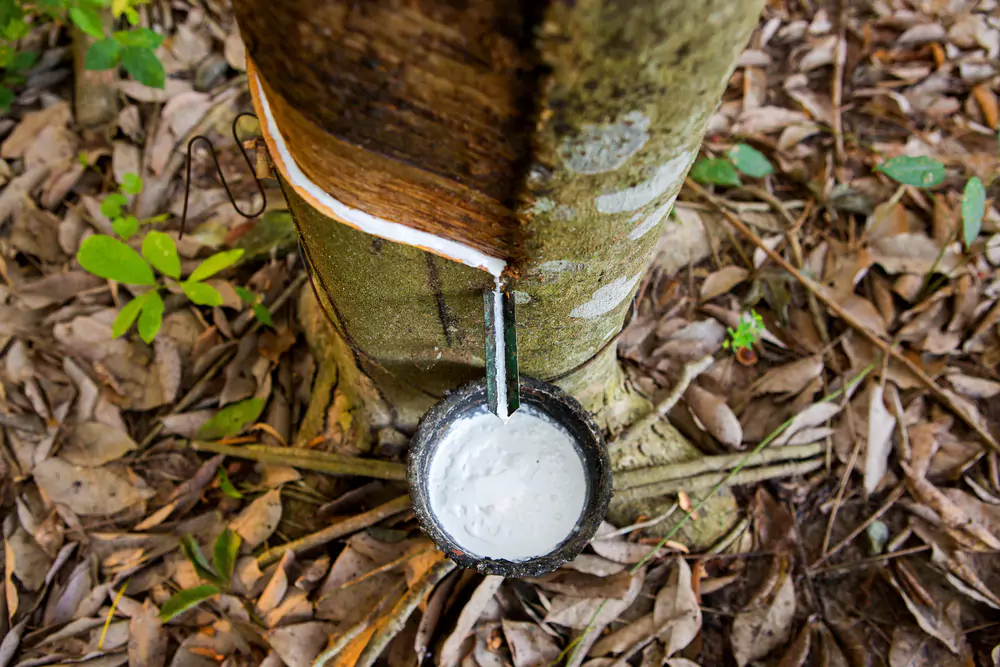
Latex is a natural substance derived from the sap of rubber trees, scientifically known as Hevea brasiliensis. The process of creating latex involves several steps:
Tapping the Trees
Mature rubber trees are carefully tapped to collect latex. A diagonal incision is made in the bark, allowing the white sap, known as latex, to flow out of the tree.
Collecting the Latex
The latex drips into a collection cup or is guided through a network of channels that lead to a collection container. The collection process typically occurs in the early morning when the latex flow is highest.
Coagulation
To convert the liquid latex into a solid form, a coagulating agent such as formic acid or acetic acid is added to the collected latex. This chemical reaction causes the latex to thicken, forming a gel-like substance.
Solidifying the Latex
The coagulated latex is poured into molds or spread onto large flat surfaces. This allows the latex to solidify further, transforming it into a solid rubber material.
Washing and Drying
The solidified latex is washed to remove impurities and excess chemicals. It is dried to reduce moisture content and improve its durability and stability.
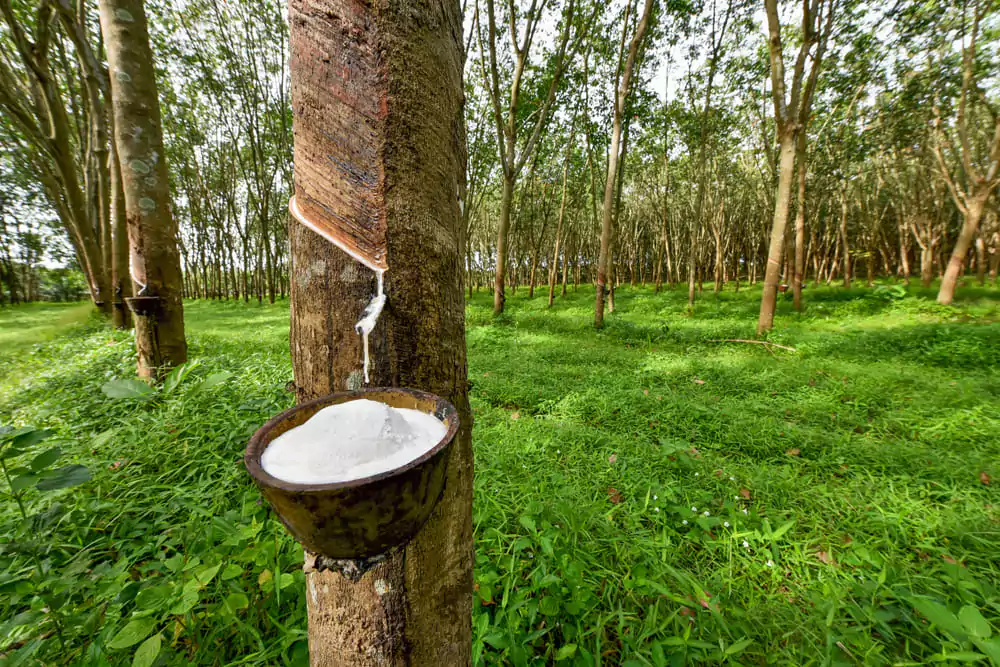
Processing and Manufacturing
The dried latex is processed further to create various rubber products. This can involve cutting, shaping, and treating the rubber to meet specific requirements. Processed latex can be used to make a wide range of products, including gloves, balloons, elastic bands, and, in the context of this discussion, yoga mats.
It’s important to note that the latex used in consumer products, such as latex gloves or yoga mats, may undergo additional processing and blending with other materials to enhance its properties, improve elasticity, or increase durability, depending on the intended application.
Are yoga mats made of latex?
Yoga mats can be made from various materials, and while some yoga mats may contain latex, not all yoga mats are made of latex. Yoga mats are most commonly made from one of three primary materials:
Latex
Latex rubber yoga mats are the traditional standard, providing good grip and cushioning. However, there are health and environmental concerns with natural latex.
Also read about: Are Yoga Mats And Exercise Mats The Same
PVC (Polyvinyl Chloride)
Many contemporary yoga mats are made from PVC plastic. These mats are cheaper, non-toxic, and more durable than latex, though they don’t have the same level of cushioning.
Natural Rubber
Some newer yoga mats are made from plant-based natural rubber instead of synthetic latex. While more eco-friendly, genuine rubber mats tend to be more expensive.
Each material has pros and cons, with latex providing the best cushioning, grip, and cost combination. But many yoga practitioners prefer PVC or natural rubber mats to avoid the potential health issues with latex.
Health concerns with latex yoga mats

Natural latex rubber is produced from the sap of rubber trees. This raw latex contains proteins that can trigger allergic reactions in some people. Common health concerns regarding latex yoga mats include:
Latex Allergies
According to the Mayo Clinic, approximately 1-6% of the general population has a latex allergy. The powder that keeps latex mats pliable can become airborne, potentially triggering allergic reactions like rashes, hives, sneezing, and difficulty breathing.
Chemical Exposure
Many yoga mats are made with synthetic latex, which involves treatment with chemicals like accelerator and sulfur that can cause health issues over time. Some people report irritation, respiratory problems, and headaches from chemical exposure.
Fungal and Bacterial Growth
The protein chains in natural latex provide an ideal environment for microbes to grow. This can lead to fungal infections in unhygienic or poorly made latex yoga mats.
Off-gassing of VOCs
All new yoga mats, including latex mats, may off-gas volatile organic compounds (VOCs) that can cause short-term irritation and headaches. However, this decreases over time as the mats release these chemicals.
While not everyone will have issues, these health concerns have led many practitioners to switch to non-latex yoga mats made from PVC plastic or natural rubber. The best option depends on your specific sensitivities and priorities.
Environmental Impact of Latex Yoga Mats
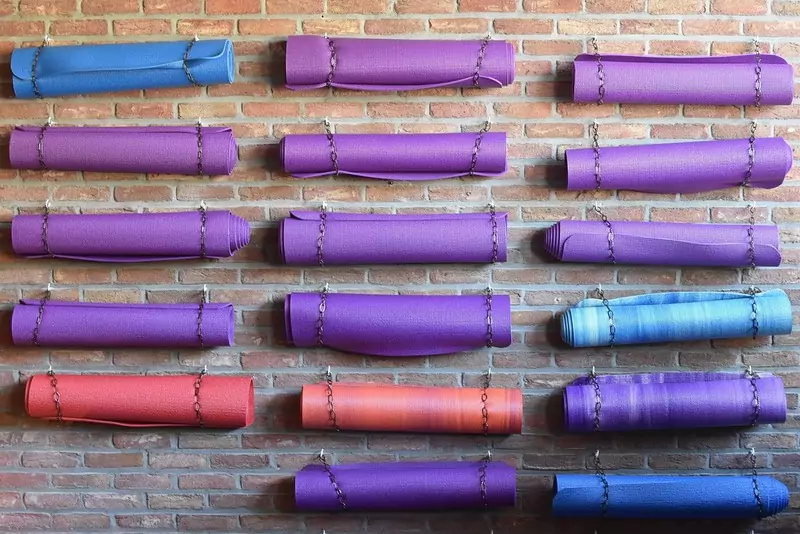
Natural latex rubber is a renewable resource, but processing it and manufacturing latex products has an environmental impact:
Deforestation
Most commercial rubber trees are grown on cleared rainforest land. About 15% of deforestation in Southeast Asia is linked to rubber production.
Chemical Runoff
The chemicals used to process latex can contaminate local waterways, harming wildlife and ecosystems. Proper regulation is required to minimize runoff.
Non-biodegradable
Pure latex is biodegradable, but most yoga mats contain synthetic additives that make them non-biodegradable. This creates waste that ends up in landfills.
Microplastic Pollution
Wear and tear on PVC yoga mats releases microplastic pollutants that eventually enter water systems and the food chain. Latex does not have this issue.
So while natural latex is technically a renewable resource, the broad environmental impact of rubber production makes non-latex yoga mats a more sustainable choice in many cases. Reusing and extending the life of your mat is always the most eco-friendly option.
Also read about: Can We Drink Lemon Water Before Yoga? Benefits, FAQs, and Precautions
Here are some common alternatives to latex floor mats:
Vinyl floor mats
Vinyl is a popular substitute for latex as it is durable, water-resistant, and affordable. However, vinyl is not as breathable as latex.
Rubber floor mats
Rubber mats are thicker and more impact-absorbent than latex or vinyl options. They are slip-resistant but may not be as comfortable underfoot.
Polypropylene floor mats
Similar to rubber, polypropylene mats are durable and water-resistant. They are not as soft underfoot as latex.
Cotton floor mats
Natural cotton mats are softer than vinyl or rubber options but absorb moisture more. They need to be laundered regularly.
Bamboo floor mats
Bamboo mats are a sustainable alternative that are moisture-wicking, anti-microbial, and softer than poly/rubber options. However, they are more expensive than vinyl or rubber.
Coir floor mats
Made from coconut fibers, coir mats are softer than cotton and more durable. However, they absorb moisture and may develop odors over time if not dried properly.
Cork floor mats
Cork flooring is soft, durable, and naturally antimicrobial. However, it is more expensive than vinyl or rubber floor mats.
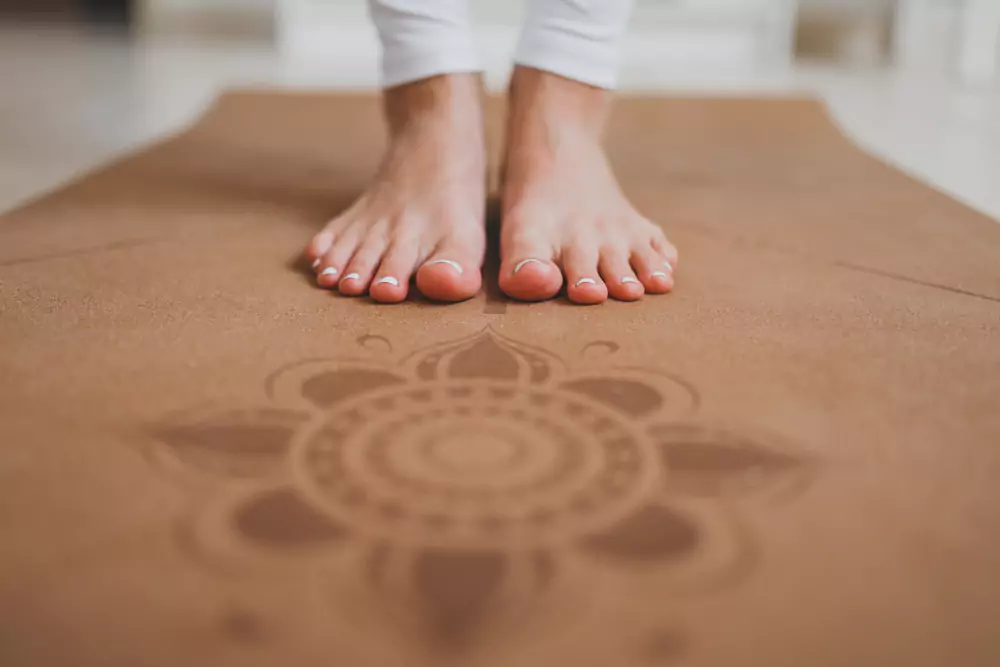
FAQs
Conclusion
In conclusion, while latex is the traditional material for yoga mats, PVC plastic and natural rubber options are growing in popularity due to health and sustainability concerns. The best yoga mat depends on your specific needs, values, and potential sensitivities.
Start by researching different materials, considering factors like cushioning, durability, and cost, then test a high-quality mat to see how your body responds. Extending the life of your mat through proper care and reuse is always the most eco-friendly option.
